BNEF: net-zero road transport by 2050 still possible, but big push needed
Green Car Congress
JUNE 2, 2022
The fleet of EVs on the road hits 77 million by 2025 and 229 million by 2030, based on BNEF’s Economic Transition Scenario. Sales of internal combustion engine vehicles already peaked in 2017 and BNEF expects the global fleet of ICE passenger vehicles to start to decline in 2024. million sold in 2021 to 21 million in 2025.

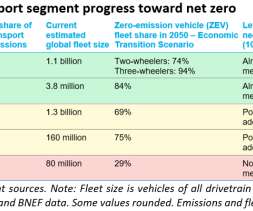
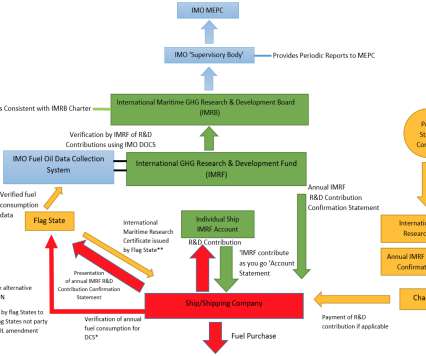
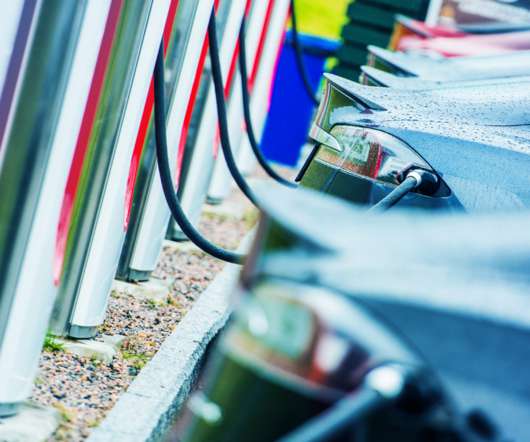



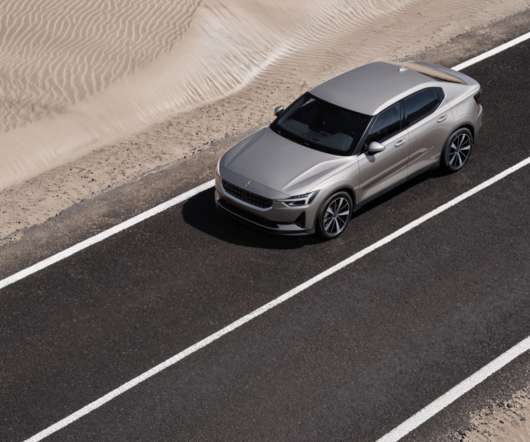
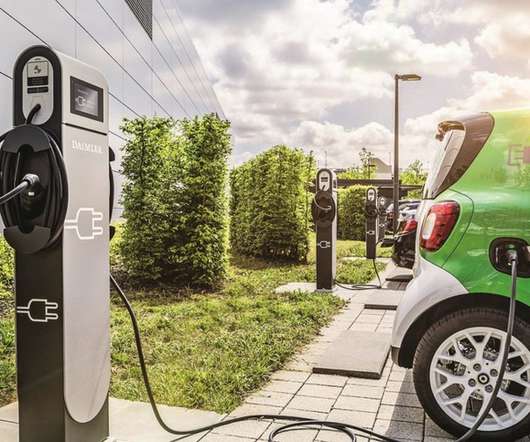
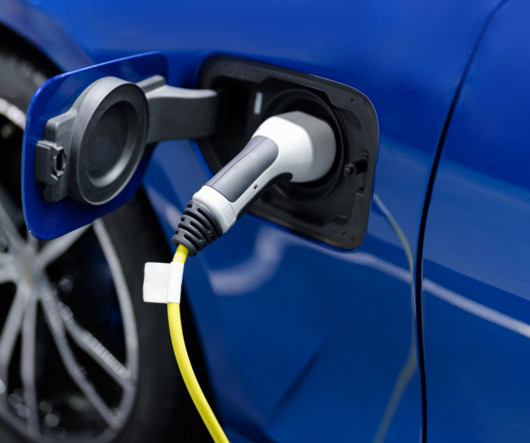


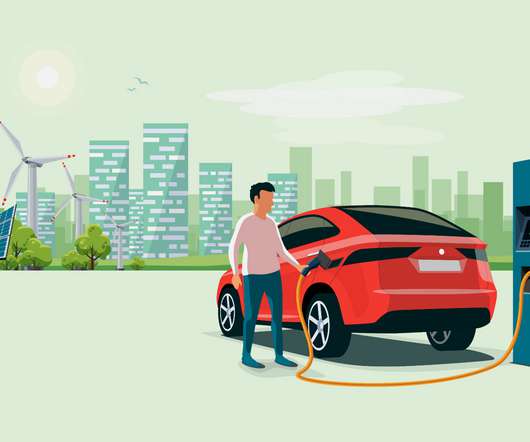

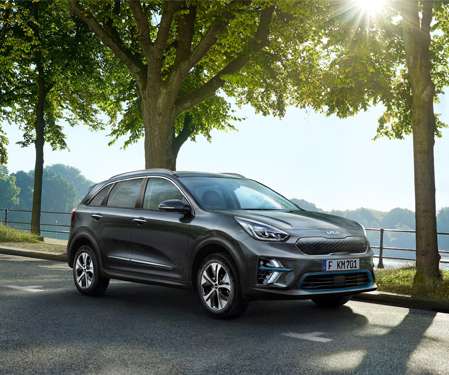
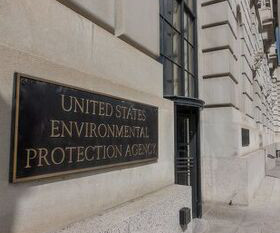









Let's personalize your content